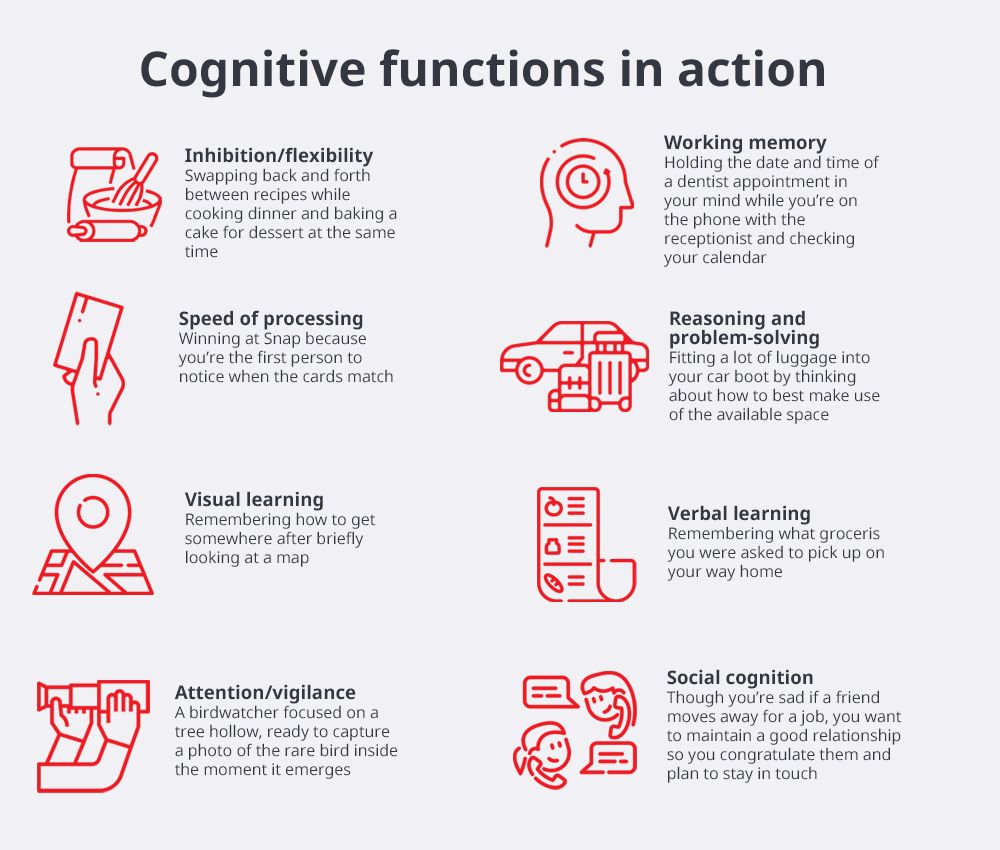Swinburne researchers conduct largest investigation into cognitive functioning in body dysmorphic disorder

Body dysmorphic disorder can lead to adverse long-term outcomes such as anxiety, depression and needless cosmetic surgery or dermatological procedures.
In summary
- Researchers from Swinburne’s Centre for Mental Health have conducted a study exploring cognitive functioning in individuals with body dysmorphic disorder
- Results suggests that only a small subgroup of individuals with body dysmorphic disorder have significant problems with cognitive functioning
- This study represents the largest and most comprehensive investigation of cognition in body dysmorphic disorder to date
- The researchers conclude a more nuanced approach is needed to assess and treat these individuals
A paper published by researchers at Swinburne’s Centre for Mental Health shows evidence that only a small subgroup of individuals experiencing body dysmorphic disorder have significant problems with cognitive functioning.
Past research has indicated that body dysmorphic disorder is uniformly associated with significant difficulties in cognitive functioning such as attention, memory and thought organisation. However, this latest paper, which has been published in the Australia and New Zealand Journal of Psychiatry suggests otherwise. It is based on the largest and most comprehensive investigation of cognition in body dysmorphic disorder to date.
What is body dysmorphic disorder?
Body dysmorphic disorder is a psychological disorder that affects approximately two percent of the population and is characterised by extreme body image concern. People with body dysmorphic disorder may perceive a small or non-existent physical attribute as a serious defect.
In some cases, their everyday functioning and quality of life can be severely affected.
“Despite the potentially devastating impacts of body dysmorphic disorder, it remains relatively understudied,” says Swinburne’s Dr Amy Malcolm, lead author of the paper.
An area requiring further research is the cognitive functioning of individuals with body dysmorphic disorder. This is important as difficulties with specific functions such as memory, visual processes, reasoning and social cognition have been theorised to be significant in the development or maintenance of the disorder. However, it is crucial to understand whether these problems are experienced by all individuals with body dysmorphic disorder, or just some.
“Our study had two aims. First, to examine the cognitive profile of individuals with body dysmorphic disorder as compared to healthy individuals and, secondly, to explore whether different cognitive subgroups may be present within individuals with body dysmorphic disorder, ranging from intact to impaired cognitive performance,” Dr Malcolm explains.
Comparing cognitive functions
In this study, 65 individuals with body dysmorphic disorder had their cognitive functions tested to determine their performance against a healthy control group.
The cognitive functions tested included inhibition/flexibility, working memory, speed of processing, reasoning and problem-solving, visual learning, verbal learning, attention/vigilance and social cognition.

Cognitive functions refer to the particular mental processes within a person’s psyche that are present regardless of the common circumstances.
In addition, cluster analysis was performed on the group with body dysmorphic disorder to identify the presence of different cognitive subgroups. Cluster analysis uses the test data to identify and group together participants who showed very similar patterns of cognitive functioning.
Shifting perceptions
“Our study showed that only a small subgroup of people with body dysmorphic disorder have significant problems with cognitive functioning while a large proportion either have no difficulties, or some mild difficulties,” says Dr Malcolm.
“Interestingly, our findings also suggest that cognitive ability seemed to have no relationship with the severity of body dysmorphic disorder symptoms,” she adds.
These findings point to a need for researchers to change the way they have been thinking about cognition and body dysmorphic disorder and adopt a more nuanced approach to treating and diagnosing these individuals.
“We should not assume that everyone has difficulties, however, it will be important to find out why only some people have significant problems because those individuals may need different treatment approaches,” Dr Malcolm concludes.
-
Media Enquiries
Related articles
-

- Technology
- Health
New MedTechVic prototypes to transform everyday lives of people with a disability
Swinburne’s MedTechVic has revealed three new prototypes designed through the joint Health-led Manufacturing Innovation Program, in partnership with the Australian Medtech Manufacturing Centre and Safer Care Victoria
Friday 19 July 2024 -

- Health
- Education
Dissociation is a common trauma response among many who seek therapy, but only one in five psychologists can accurately identify symptoms
New Swinburne research has found that four in five Australian psychologists have gaps in their knowledge on dissociation and cannot accurately identify dissociation symptoms.
Friday 21 June 2024 -

- Health
- Technology
Clinical Innovation Fellowships develop creative solutions to Australia’s healthcare challenges
MedTechVic is gearing up to begin its fourth year of the Clinical Innovation Fellowship Program (CIFP), following the highly successful third round in 2023.
Wednesday 19 June 2024 -

- Social Affairs
- Health
Swinburne leads world-first medical cannabis driving trial
Swinburne researchers are spearheading a world-first trial to evaluate whether patients can drive safely while on prescribed medical cannabis
Tuesday 28 May 2024 -

- Technology
- Health
MChart redefines mental health service planning through cutting-edge data analytics
MChart, a new tool under development by Swinburne University of Technology and University of Canberra researchers, is set to help health care providers navigate the complexities of mental health service planning using data analytics and geospatial mapping.
Monday 13 May 2024

